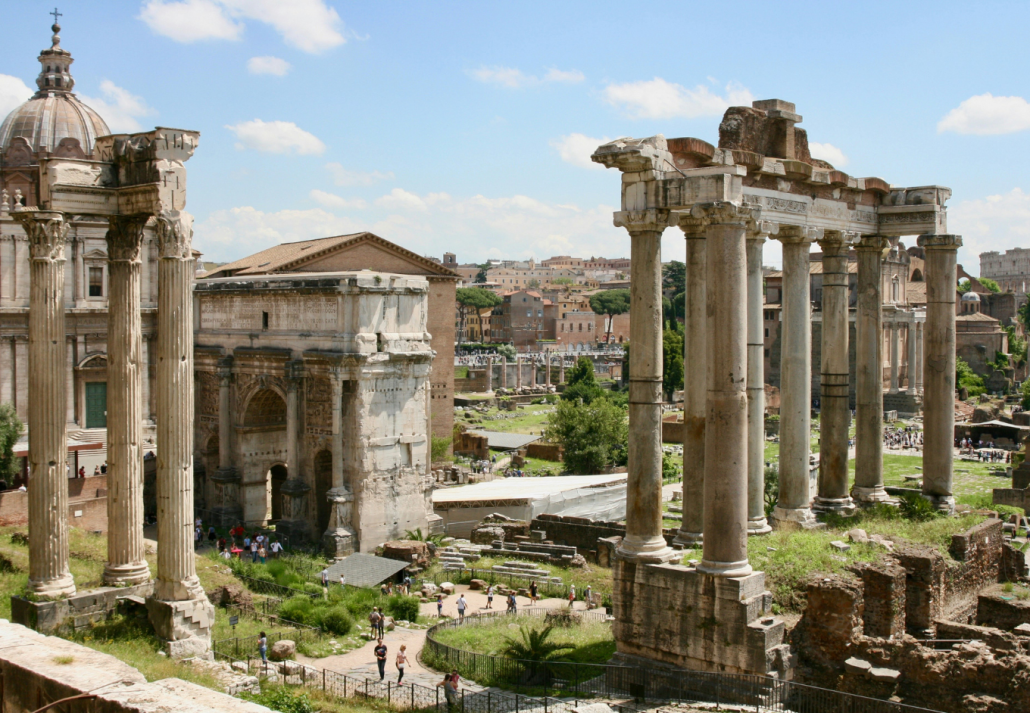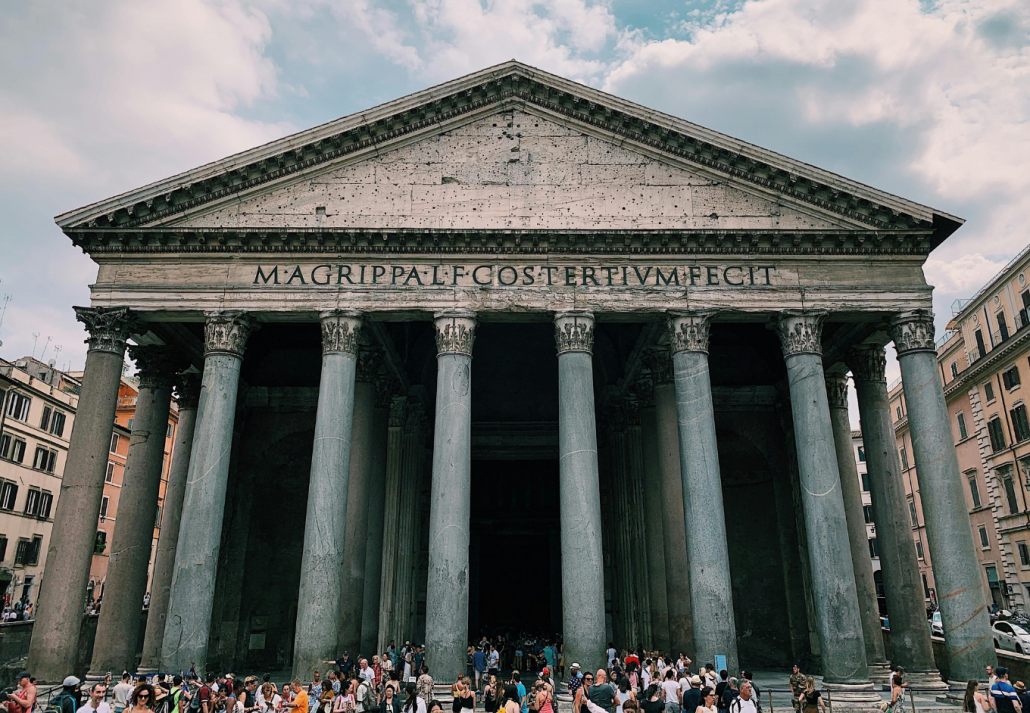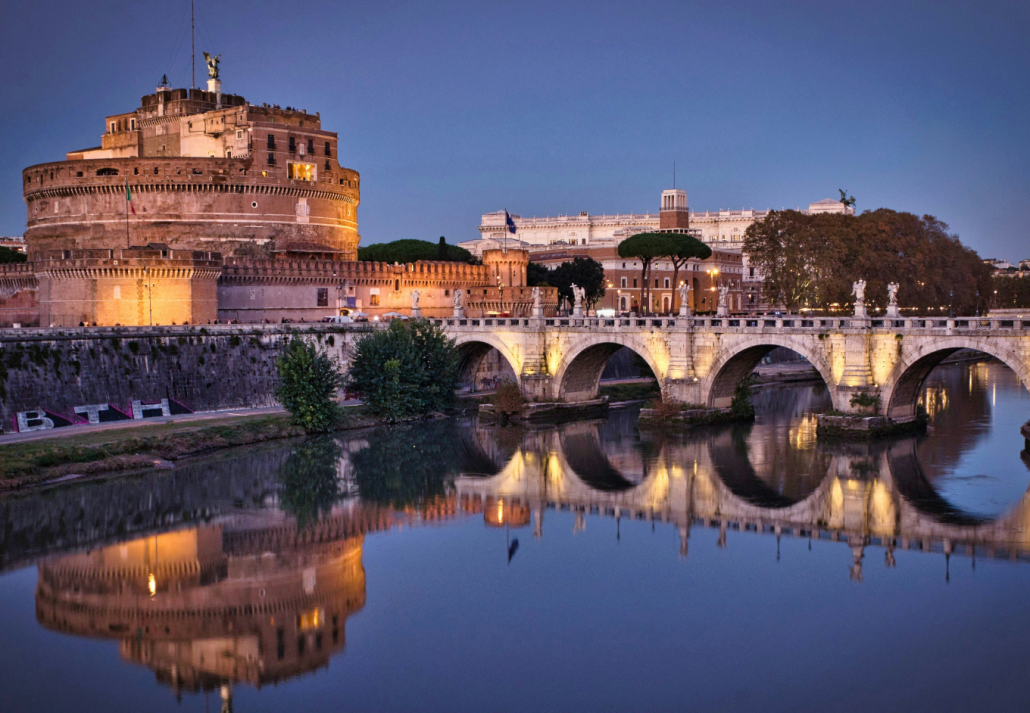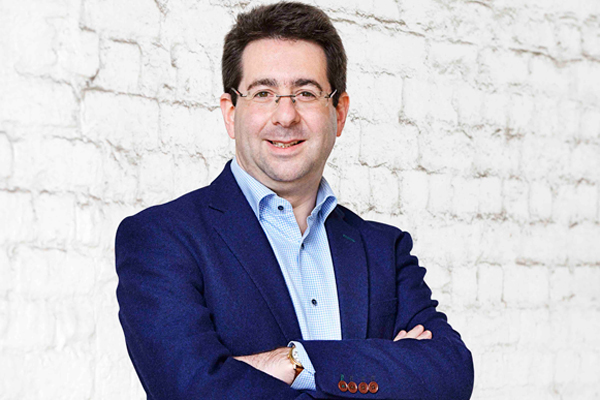Exploring the Timeless Marvels: Roman Ruins in Rome
Rome, the eternal city, stands as a living testament to the grandeur and legacy of the ancient world. Its streets whisper tales of emperors and gladiators, its ruins echo with the footsteps of countless generations, and its historic sites...

Rome, the eternal city, stands as a living testament to the grandeur and legacy of the ancient world. Its streets whisper tales of emperors and gladiators, its ruins echo with the footsteps of countless generations, and its historic sites offer a window into the heart and soul of one of humanity’s greatest civilizations. From the majestic Colosseum to the evocative ruins of the Forum, each site holds a piece of ancient Roman ruins in Rome, a rich tapestry of history, culture, and artistry.
Whether you’re a history enthusiast, an architecture lover, or simply a curious traveler, this guide is designed to help you make the most of your visit to Rome’s iconic landmarks. In it, we delve into some of the most significant ancient ruins in Rome, unraveling their historical importance, architectural splendor, and providing invaluable tips for visitors.
Quick Jumplinks
Top 5 Roman Ruins In Rome Colosseum Roman Forum Pantheon Ostia Antica Castel Sant’Angelo Frequently Asked QuestionsTop 5 Roman Ruins In Rome
Colosseum
KEY INFO
| 📍 Address | Piazza del Colosseo, 1, 00184, Rome. Get Directions | |
| 🚉 Getting There | Take Line B to Colosseo Station | |
| 🤑 Ticket Price | €18 per person | |
| 🎫 Guided Tour Price | From €40 + per person | |
| ⏰ Best Times to Visit | From Monday to Thursday | |
| 👀 Nearby Attractions | The Palatine Hill, St. Peter’s Chains, Basilica San Clemente, The Arch Of Constantine, The Roman Forum | |
| 🍝 Nearby Restaurants | Al Cardello, Ristorante Aroma, Luzzi Trattoria, La Vecchia Roma, Taverna | |
| 🛌 Nearby Accommodations | iQ Hotel Roma, Hotel Quirinale, Dharma Style Hotel & Spa |
The Colosseum is one of Italy’s most visited and remarkable Roman archaeological sites, with more than 5 million visitors annually. The grand outdoor amphitheater, believed to have been a gift from ancient emperors, served as the Roman Empire’s entertainment hub, hosting public spectacles and games. The Colosseum was formerly a scene of brutal gladiator fights, often involving animals.
Furthermore, its elliptical shape, towering arcades, and intricate network of underground passages showcase the architectural ingenuity of the time. Explore the world’s largest arena, take in the breathtaking architecture, and travel back in time.
🪄 Visitor Tips
To avoid the crowds, visit during the evening. Opt for a guided tour to gain deeper insights into the Roman history and significance of this ancient monument. Get Skip-the-line tickets or a City Pass to prevent standing in line.Recommended Read The Most Amazing Hotels Near Colosseum, Rome
Roman Forum

KEY INFO
| 📍 Address | La Feltrinelli Librerie, Via Vittorio Emanuele Orlando, 84, Rome. Get Directions | |
| 🚉 Getting There | Take Line B to Colosseo Station | |
| 🤑 Ticket Price | €17 per person | |
| 🎫 Guided Tour Price | From €36 + per person | |
| ⏰ Best Times to Visit | Early in the morning from Monday to Thursday | |
| 👀 Nearby Attractions | Arch Of Titus, Temple Of Venus, Basilica Of Constantine, Temple Of Romulus, Mamertine Prison | |
| 🍝 Nearby Restaurants | Le Tavernelle, Sapori e Delizie, La Prezzemolina, Cantina e Cucina | |
| 🛌 Nearby Accommodations | The Republic Hotel, Best Western Plus Hotel Universo, Domus Liberius, UNAHOTELS Trastevere Roma |
In the past, Ancient Rome political and social center was the Roman Forum, which is the center of the Roman world. The remaining temples show that it was central to Roman religious life. The Basilicas (old law courts, not churches) show that it was the center of Roman judicial affairs. The Curia, or Senate House, was the center of political life, and the triumphal arches show that it was the center of celebrations.
Each tower bears witness to the architectural prowess and artistic finesse of the Ancient Romans, offering a glimpse into their daily lives and beliefs. However, the Forum’s architecture combines elements of Greek and Roman design. The basilicas and other public structures were designed in Roman, but the temples were Greek. The travertine, marble, and concrete used to build the Roman Forum, as were the columns, were imported from all over the world. Moreover, the Forum was a milling point used by Romans from all walks of life almost daily.
🪄 Visitor Tips
Plan your visit to the Roman Forum early in the day to avoid crowds and maximize your time exploring this vast archaeological site. Ensure you reserve your tickets beforehand, especially if you intend to visit on a Saturday or during peak holiday periods. Please dress modestly, covering your knees, shoulders, and midriff, as the Pantheon doubles as a church.Recommended Read A Detailed Look Into The Main Attractions In Rome
Pantheon

KEY INFO
| 📍 Address | Viale dei Romagnoli 717, Roma. Get Directions | |
| 🚉 Getting There | Take the line B to Piramide. Then, take the Roma Lido commuter train to Ostia Antica. | |
| 🤑 Ticket Price | Adults: €14; EU Citizens between 18 and 24 years old: €4; EU Citizens under 18 years old and seniors over 65 years old: free admission | |
| 🎫 Guided Tour Price | From €37.07+ per person | |
| ⏰ Best Times to Visit | Early in the morning from Monday to Thursday | |
| 👀 Nearby Attractions | The House of Diana, The Thermopolium, The Square of the Corporations, The Capitolium | |
| 🍝 Nearby Restaurants | Krapfen Paglia, Soul Kitchen Beach Restaurant, Gastronauti, Landi Degustazione e Mescita | |
| 🛌 Nearby Accommodations | Suite Sistina For Brave Lovers, H10 Palazzo Galla, QC Termeroma Spa & Resort |
The Pantheon, as we know it now, was constructed between 125 and 127 AD, although its roots date back to 27 BC. It served as a temple to the early pagan gods of Rome. It is the finest preserved of all the historic sites in Rome. It was constructed about 2,000 years ago and is still standing today. The Pantheon is the oldest structure in the world that is still in operation.
Additionaly, the Pantheon is an architectural marvel that has withstood the test of time and is still unmatched. Its dome was rebuilt between 118 and 125 AD during Hadrian’s rule, and it is currently the largest unreinforced concrete dome in the world, almost two thousand years after it was constructed. However, visitors can admire the Pantheon’s harmonious blend of Greek and Roman architectural elements, including its Corinthian columns and intricate marble flooring.
🪄 Visitor Tips
Consider visiting during off-peak hours to avoid crowds and enjoy a peaceful reflection on this architectural masterpiece. Pantheon is a church, so dress modestly and cover your shoulders, knees, and midriff.Ostia Antica
KEY INFO
| 📍 Address | Viale dei Romagnoli 717, Roma. Get Directions | |
| 🚉 Getting There | Take the line B to Piramide. Then, take the Roma Lido commuter train to Ostia Antica. | |
| 🤑 Ticket Price | Adults: €14; EU Citizens between 18 and 24 years old: €4; EU Citizens under 18 years old and seniors over 65 years old: free admission | |
| 🎫 Guided Tour Price | From €37.07+ per person | |
| ⏰ Best Times to Visit | Early in the morning from Monday to Thursday | |
| 👀 Nearby Attractions | The House of Diana, The Thermopolium, The Square of the Corporations, The Capitolium | |
| 🍝 Nearby Restaurants | Krapfen Paglia, Soul Kitchen Beach Restaurant, Gastronauti, Landi Degustazione e Mescita | |
| 🛌 Nearby Accommodations | Suite Sistina For Brave Lovers, H10 Palazzo Galla, QC Termeroma Spa & Resort |
Ostia Antica is probably one of the best examples of how Ancient Rome looked initially. Then, undeveloped Ostia was perhaps the first Colonia of Rome. As the legend of Ancus Marcius goes, the inscription of the old castrum with the oldest archaeological remains dates back to the 4th century BC. While you should not miss taking a break and visiting Capitolium (the temple for Roman Juno – the Greek equivalent of Hera -and Jupiter and Minerva), staying idle is not the best strategy while visiting Ostia.
Archaeological sites like Ostia reveal many layers of history. From the very first archaeological remains to the most considerable part of the buildings dating back to the 3rd century AD, there is a lot to see in Ostica. Even now, hardly spottable, the wall of opus quadratum is a good example of considerate ancient building techniques.
🪄 Visitor Tips
To fully appreciate Ostia Antica, allocate sufficient time for exploration and consider taking a guided tour to gain deeper insights into the site’s history and significance. Wear comfortable walking shoes and bring plenty of water, as the site can be expansive and exposed to the elements.Castel Sant’Angelo

KEY INFO
| 📍 Address | Lungotevere Castello, 50, 00193 Roma RM. Get Directions | |
| 🚉 Getting There | Take bus lines 115, 34, 881, and 870 to Paola | |
| 🤑 Ticket Price | From €5,50 + | |
| 🎫 Guided Tour Price | From €40 + per person | |
| ⏰ Best Times to Visit | Early in the morning from Monday to Thursday | |
| 👀 Nearby Attractions | St. Peter’s Basilica, Sistine Chapel, Villa Borghese Gallery and Gardens, Trevi Fountain, Centro Storico & The Spanish Steps | |
| 🍝 Nearby Restaurants | La Rustica, Il Margutta, Giacomo al Tevere, Ristorante M, Ai Tre Scalin | |
| 🛌 Nearby Accommodations | The Guardian Hotel, Roma Dei Papi Hotel de Charme, Cassiodoro19, Residenza Ave Roma |
The round keep of Castel Sant’Angelo protected the castle for centuries – and it still protects Roman heritage.
Instantly recognizable, one can hardly mistake the building for any other – first built for emperor Hadrian, it was then converted into a fortress in the 6th century. Today, when visiting the castle, you would be amazed by both its dramatic history and the collection of paintings, military protectionist memorabilia and sculpture from collections of Museo Nazionale di Castel Sant’Angelo.
When Rome was in perceived or real danger, popes could escape to the Vatican by Passetto di Borgo, a secret passageway built in the 13th century. If you ever took the European History class, then you better know that it was here that Pope Clemente VI famously holed up in the castle in 1527.
Visiting Sala Paolina, and watching the frescoes depicting the life of Alexander the Great is a must, too. While not exactly ancient, hearing Vissi d’Arte from Puccini’s Tosca is a good place to start to relive the story of Floria Tosca and Mario Cavaradossi on the terrace two storeys up, while sipping a caffè.
🪄 Visitor Tips
Don’t miss the chance to climb to the top of the castle for breathtaking views of the city skyline. Consider timing your visit to coincide with sunset for a truly magical experience.Frequently Asked Questions
What are the must-see ancient ruins in Rome?
The must-see Roman sites include the Colosseum, Roman Forum, Pantheon, Palatine Hill, and Baths of Caracalla.
What are some tips for visiting archaeological sites in Rome?
Some tips for visiting archaeological sites in Rome include wearing comfortable shoes, carrying water and an umbrella during the summer, and booking tickets online to avoid long lines, especially during high season.
How can I get around Rome efficiently?
To get around Rome efficiently, use the city’s public transportation system, walk in the historic center, and consider taking a taxi or ride-sharing for longer distances.
The Best 6 Day Trips From Rome, Italy
Encountering Hidden Gems In The Best Museums In Rome
The Best Places To Go Shopping in Rome, Italy
A Guide to the Rome Trevi Fountain: Everything You Need to Know
The Best Hotels In Rome: Luxury to Budget-Friendly Gems
9 Free Things To Do In Rome, Italy

 Hollif
Hollif 































